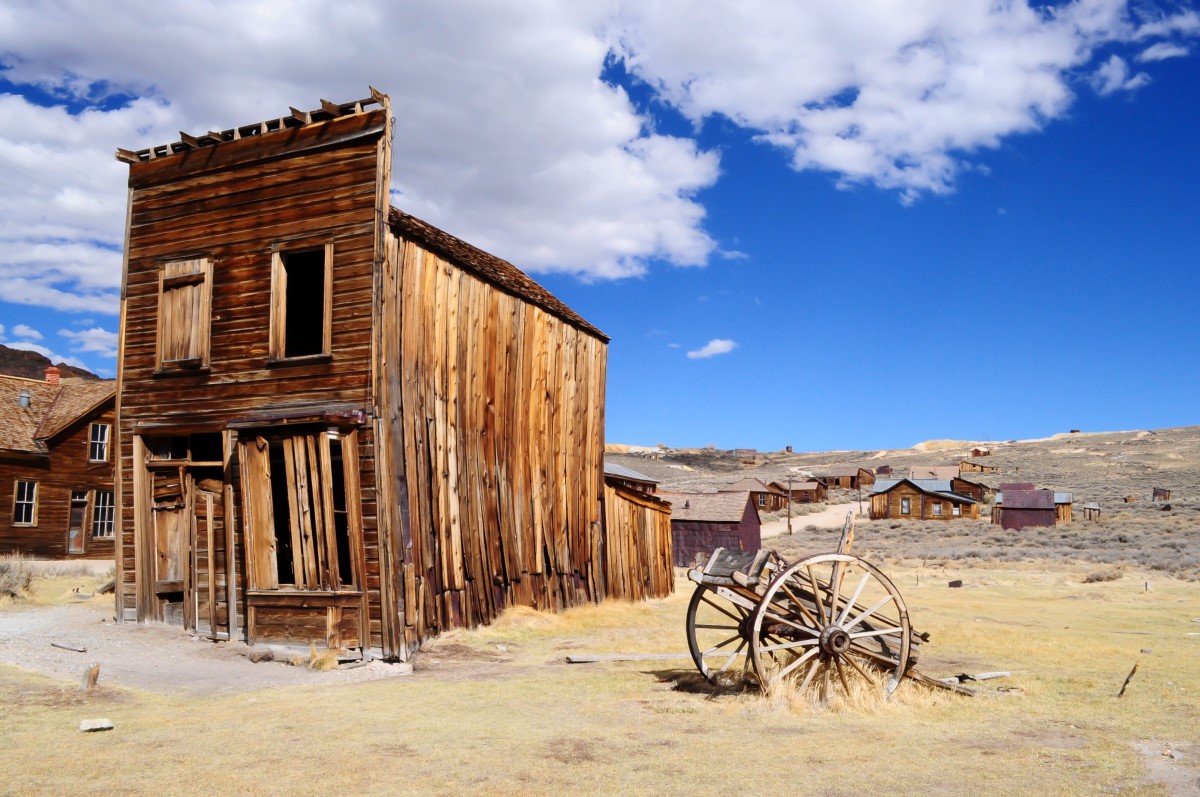Hidden Ghost Dance Sites Of The American West

Have you ever wondered about the hidden Ghost Dance sites of the American West? These places hold deep cultural significance and tell stories of resilience and hope. The Ghost Dance movement, which began in the late 19th century, was a spiritual revival among Native American tribes. It aimed to restore their lands and way of life. Today, many of these sites remain off the beaten path, waiting for curious travelers to uncover their secrets. Visiting these locations offers a unique glimpse into a pivotal moment in history. Ready to learn more about these fascinating places? Let's dive in!
The Mystical World of Ghost Dance Sites
The Ghost Dance movement, a spiritual revival among Native American tribes in the late 19th century, left behind numerous sacred sites. These places hold deep cultural significance and offer a glimpse into a pivotal moment in history. Let's explore some hidden Ghost Dance sites in the American West.
Sacred Grounds in South Dakota
South Dakota, with its vast plains and rich Native American heritage, is home to several important Ghost Dance sites.
Wounded Knee Creek
This site marks the tragic end of the Ghost Dance movement. The Wounded Knee Massacre in 1890 saw the deaths of many Lakota Sioux, making it a place of mourning and remembrance.Pine Ridge Reservation
Pine Ridge was a central location for the Ghost Dance among the Lakota Sioux. The reservation still holds ceremonies and gatherings that honor the movement's legacy.
Nevada's Spiritual Landscapes
Nevada's arid deserts and rugged mountains were also significant to the Ghost Dance movement, particularly for the Paiute tribe.
Walker Lake
Walker Lake served as a gathering spot for the Paiute tribe, where they performed the Ghost Dance in hopes of restoring their way of life.Pyramid Lake
This sacred lake was another key site for the Paiute. The surrounding area is rich with history and stories of the Ghost Dance ceremonies held there.
California's Hidden Gems
California, known for its diverse landscapes, also played a role in the Ghost Dance movement, especially among the Shoshone and other tribes.
Death Valley
Despite its harsh environment, Death Valley was a place where the Shoshone performed the Ghost Dance, seeking spiritual renewal and connection with their ancestors.Owens Valley
Owens Valley, with its stunning views and serene atmosphere, was another site where the Ghost Dance was practiced. The valley remains a place of cultural importance for the local tribes.
Wyoming's Sacred Sites
Wyoming's vast open spaces and historical significance make it a key area for understanding the Ghost Dance movement.
Wind River Reservation
Home to the Eastern Shoshone and Northern Arapaho tribes, Wind River Reservation was a major center for the Ghost Dance. The reservation continues to honor this heritage through various cultural events.Fort Washakie
Fort Washakie, located within the Wind River Reservation, was a site where many Ghost Dance ceremonies took place. The fort now serves as a historical landmark, preserving the stories of those times.
Montana's Historical Landscapes
Montana's rugged terrain and deep-rooted Native American history make it a significant area for Ghost Dance sites.
Crow Agency
Crow Agency, the headquarters of the Crow Tribe, was a place where the Ghost Dance was practiced. The area remains culturally significant, with ongoing efforts to preserve its history.Little Bighorn Battlefield
While known for the famous battle, Little Bighorn also holds connections to the Ghost Dance movement. The site offers a poignant reminder of the struggles and hopes of the Native American tribes.
Colorado's Spiritual Sites
Colorado's majestic mountains and valleys provided a backdrop for the Ghost Dance among the Ute and other tribes.
Mesa Verde
Mesa Verde, with its ancient cliff dwellings, was a place where the Ute tribe performed the Ghost Dance. The site is now a national park, preserving its rich history.San Luis Valley
San Luis Valley, known for its natural beauty, was another important site for the Ghost Dance. The valley continues to be a place of cultural and spiritual significance for the local tribes.
Discovering the Past
Exploring the hidden Ghost Dance sites of the American West offers a unique glimpse into a significant part of Native American history. These locations, often tucked away in remote areas, tell stories of resilience, hope, and cultural revival. Visiting these sites not only enriches your understanding of the past but also honors the traditions and struggles of the Native American communities.
When planning your trip, consider the historical context and the importance of these places. Respect the land and the stories it holds. Whether you're a history buff or just curious, these sites provide a profound connection to a pivotal moment in American history.
So pack your bags, hit the road, and let the spirit of the Ghost Dance guide your journey through the American West. You'll come away with a deeper appreciation for the rich tapestry of cultures that have shaped this land.

